Endangered Species Of the World
Endangered Species
Endangered Species Of the World An endangered species is a type of organism at risk of extinction, due to the decline in their population. This can happen due to various reasons, such as habitat loss, pollution, climate change, illegal hunting, and more.
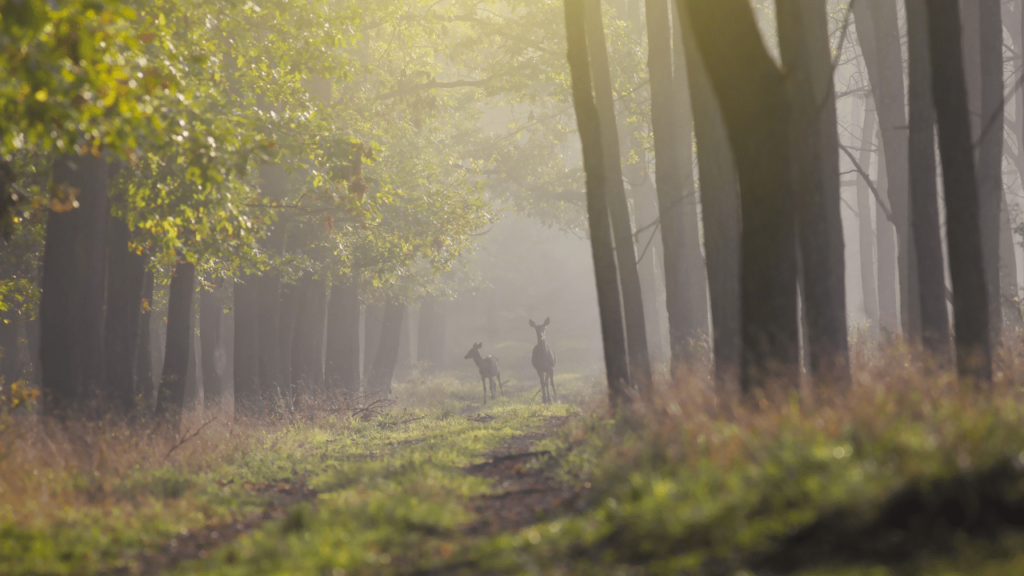
36% of all the species on the earth are at the risk of extinction.
When a species becomes endangered, it’s a sign that their extinction is threatened, and we need to take action to protect them. Conservation efforts are put in place to help these species recover and thrive. These efforts include creating protected areas, implementing laws and regulations, raising awareness, and promoting sustainable practices.
The goal is to prevent extinctionof these species, maintain ecological balance and diversity. We should value and protect all life on our planet.
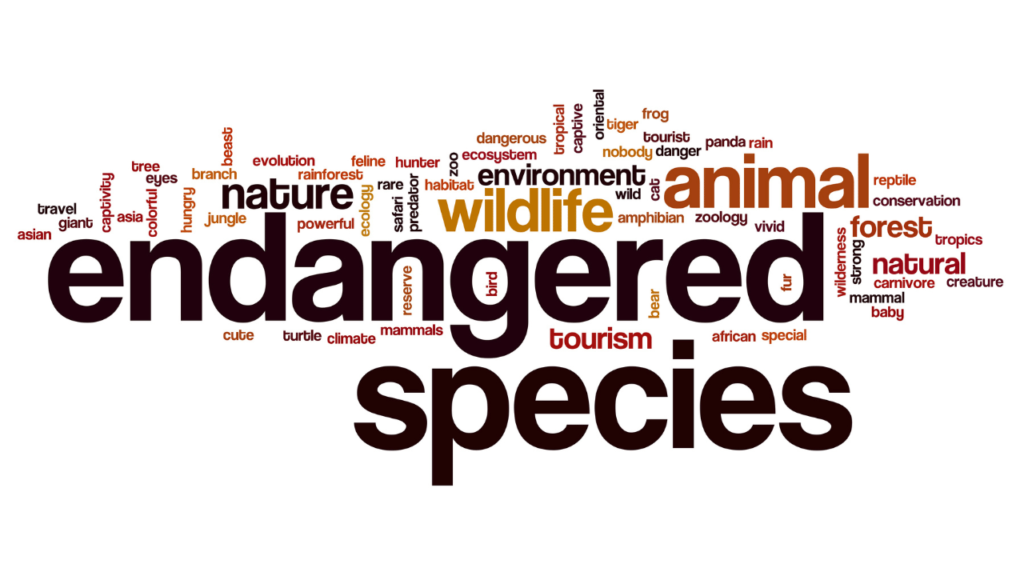
Endangered Species Of the World
These are just a few examples, and there are many more species facing the risk of extinction. It’s crucial that we work together to protect and preserve these incredible creatures. Here are some examples of endangered species:
- Amur Leopard
- Sumatran Orangutan
- Black Rhinoceros
- Hawksbill Turtle
- Sumatran Tiger
Sumatran Orangutan
These intelligent primates are native to Sumatra, Indonesia. Deforestation, logging, and palm oil plantations are major threats to their survival.
Illegal hunting and the pet trade also threaten their population. To protect orangutans, we should support sustainable palm oil practices, avoid products that contribute to deforestation, and spread awareness.
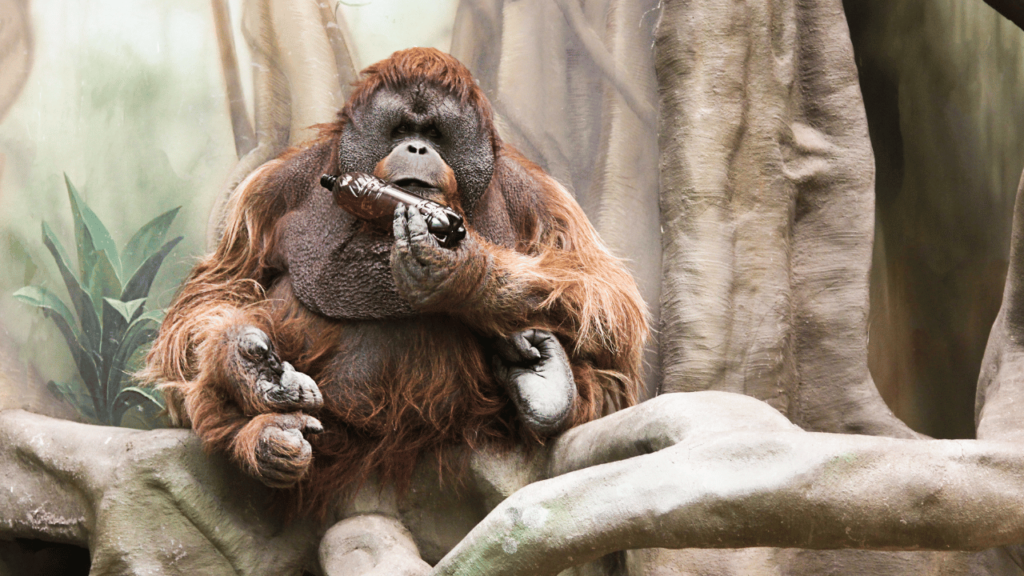
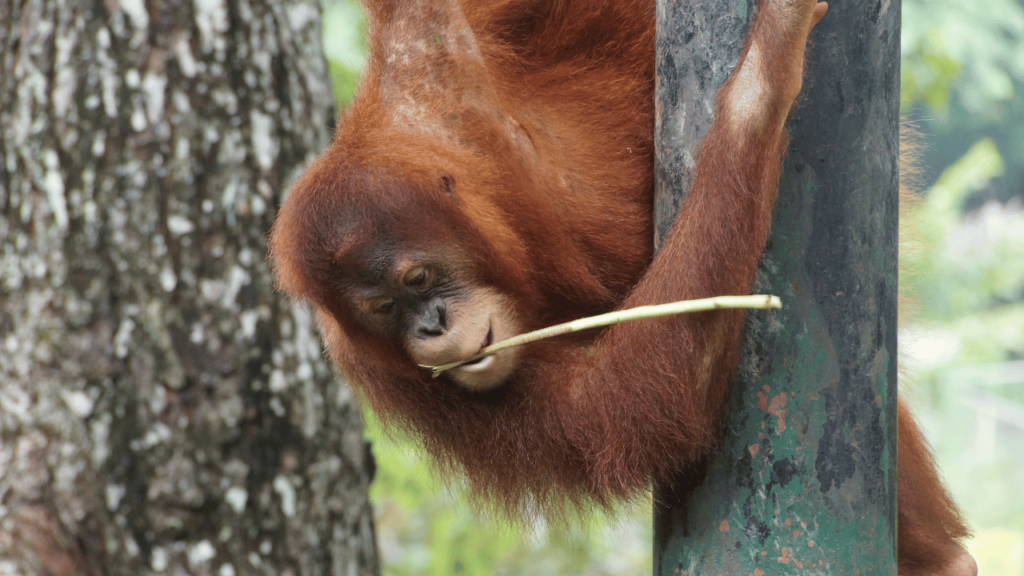
Black Rhinoceros
Found in parts of Africa, black rhinos are critically endangered due to poaching for their horns, which are highly valued in some cultures.
Habitat loss is another significant factor. Anti-poaching measures and habitat protection are being implemented to safeguard the black rhino population. Community involvement and awareness campaigns play a crucial role in promoting conservation of this magnificent species.
It’s important for us to continue supporting these efforts and raising awareness about the importance of protecting endangered species.
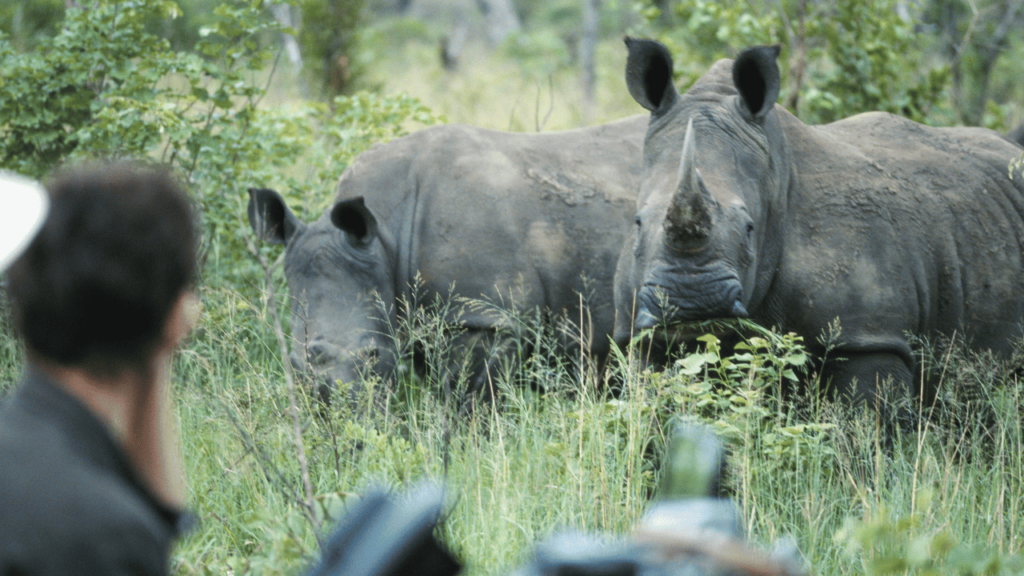
Hawksbill turtle
The hawksbill turtle is a species that is in danger of becoming extinct due to several factors. One of the main issues they face is habitat loss, which is caused by human activities such as coastal development, pollution, and destruction of their nesting sites. These activities hinder their ability to reproduce and threaten their survival.
Additionally, illegal trade in their shells is another significant threat to their population. Since hawksbill turtles have unique and valuable shells, they are often hunted, exploited and used as a source of luxury items. This has led to overexploitation and a decline in their population.
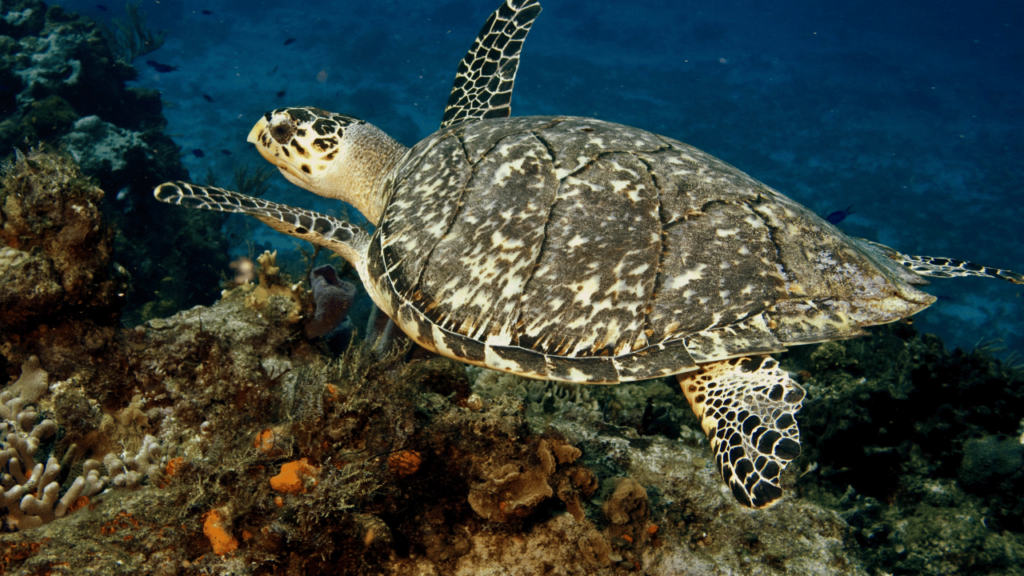

To protect the hawksbill turtle, several conservation efforts are being implemented, including the creation of protected areas and strict regulations on trade. It’s important for all of us to support these efforts and raise awareness about the conservation of these magnificent creatures. Together, we can help ensure the survival of the hawksbill turtle.
Amur leopard
The Amur leopard is one of the rarest big cats in the world, and their population is at risk of extinction due to several factors. One of the main contributors is habitat loss, which is caused by logging, agriculture, and human settlements in the forests where they live. This reduces the available space and resources for the leopards.
Illegal hunting and poaching is also a significant threat to the Amur leopard’s survival. Their beautiful coat is highly valued, leading to the illegal trade of their skins. Coupled with the loss of their natural prey, this puts additional pressure on their population.
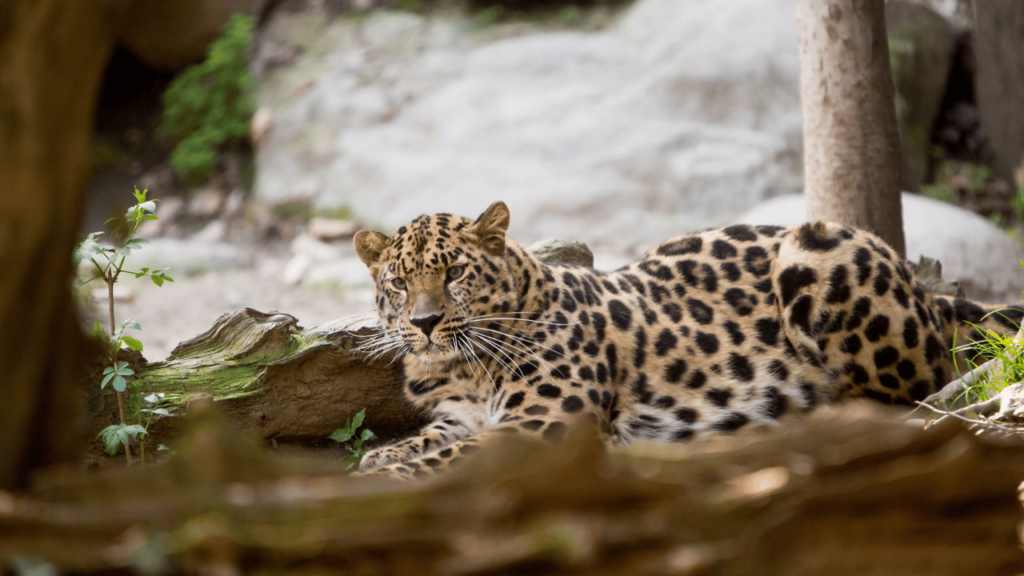
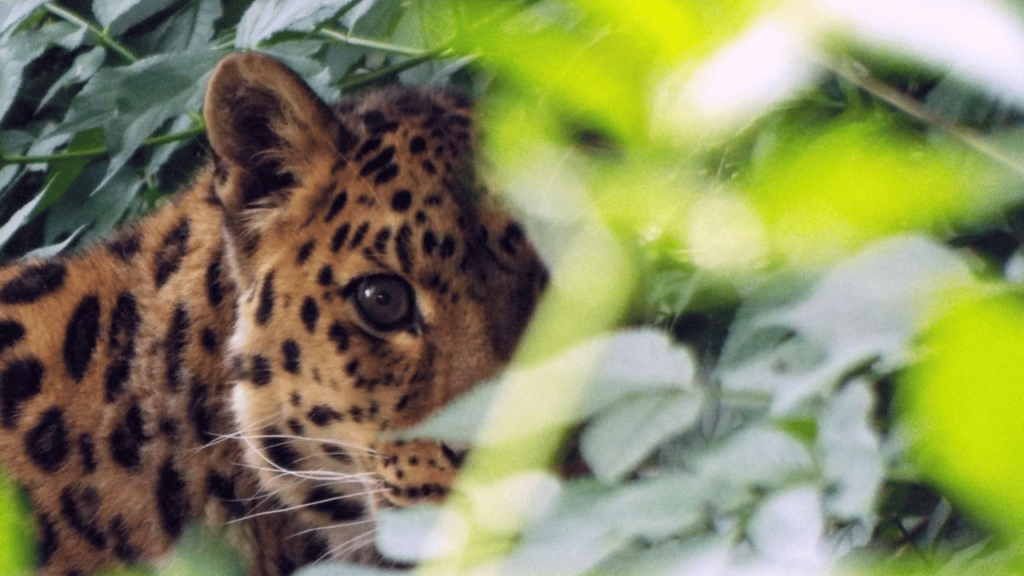


Efforts are being made to protect the Amur leopard, including the establishment of protected areas and anti-poaching measures. It’s important for us to support these efforts and raise awareness about the conservation of this magnificent species. Together, we can make a difference!
Sumatran tiger
The Sumatran tiger, native to the Indonesian island of Sumatra, is also at risk of becoming extinct due to habitat loss and illegal hunting. The forests where they live are being cleared for agriculture, logging, and human settlements, reducing the available space for the tigers to roam and find prey.
Another significant threat is illegal hunting and poaching, with Sumatran tigers being hunted for their body parts, which are used in traditional medicine or sold as exotic trophies. This illegal trade puts additional pressure on the already small population of tigers.

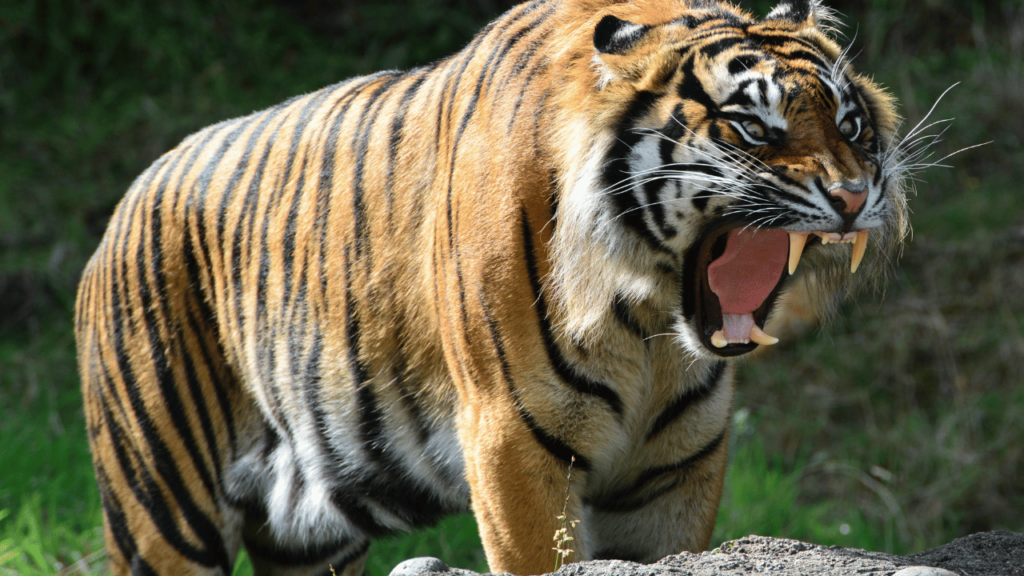
Human-tiger conflicts also contribute to their endangerment, as conflicts arise when tigers come into contact with humans or their livestock. In some cases, tigers are killed in retaliation or to prevent future conflicts.
To protect the Sumatran tiger, efforts are being made, including the establishment of protected areas and anti-poaching measures. However, continued awareness and support are crucial to ensure the survival of this magnificent species.
What can we do to Protect Endangered Species?
To save endangered species, we need to take collective action through various approaches. Some ways we can help include preserving and restoring natural habitats, combating illegal wildlife trade, supporting sustainable practices, spreading awareness, and getting involved through volunteering, participating in citizen science projects, and supporting local conservation initiatives.
Remember, every small action counts! Together, we can make a positive impact and help save endangered species.
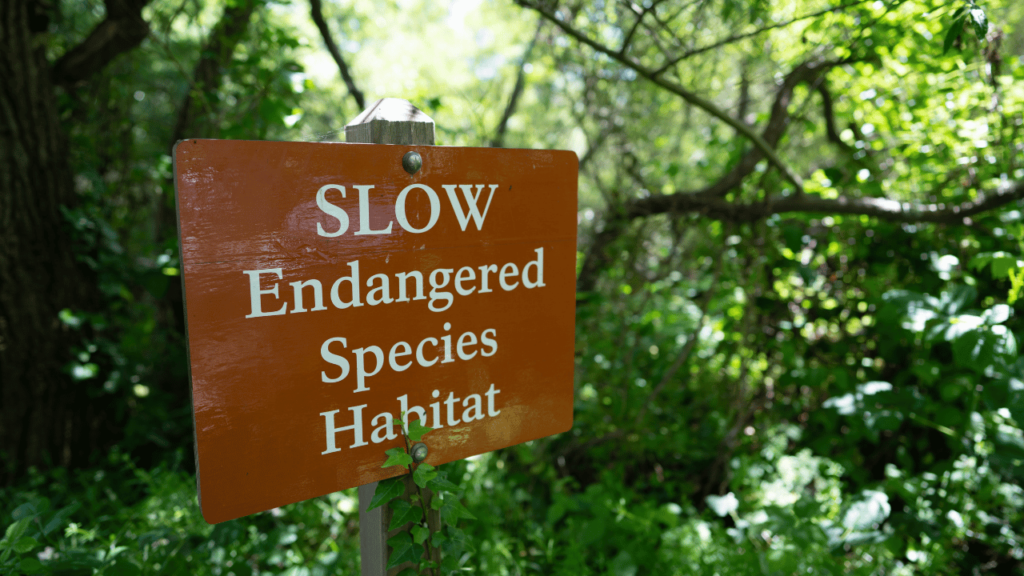
Importance Of Endangered Species
The disappearance or endangerment of animals in an ecosystem can disrupt its balance, affecting biodiversity, pollination, seed dispersal, and population control of other species. The absence of these animals can lead to food chain imbalances, habitat loss, and negative impacts on the entire ecosystem. Therefore, it is essential to protect and conserve endangered animals to maintain the health and balance of our environment.